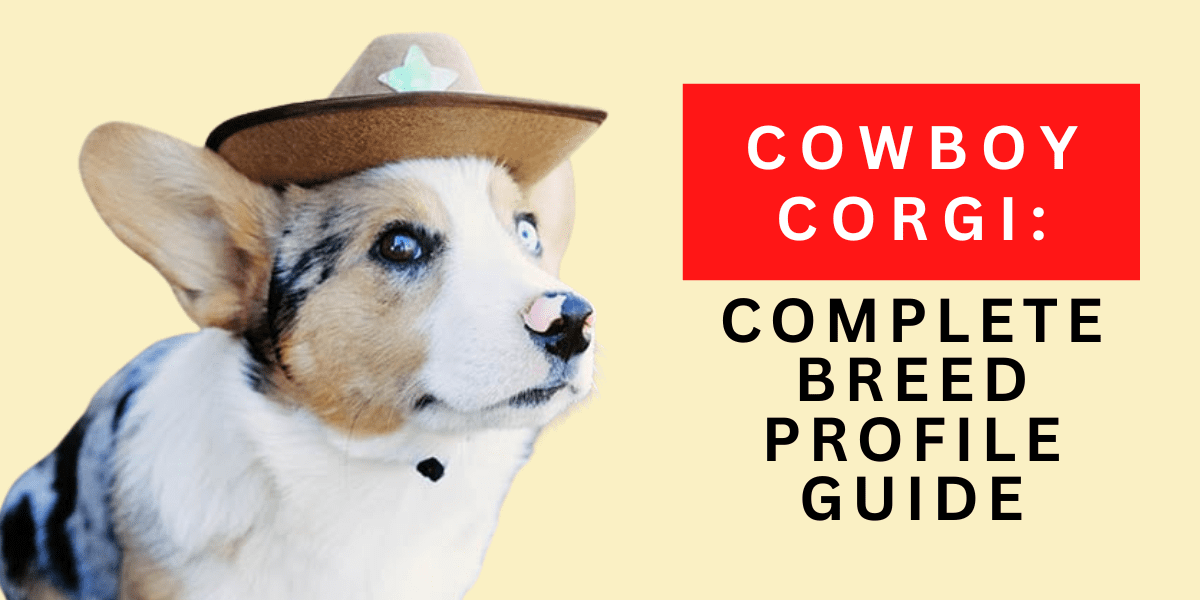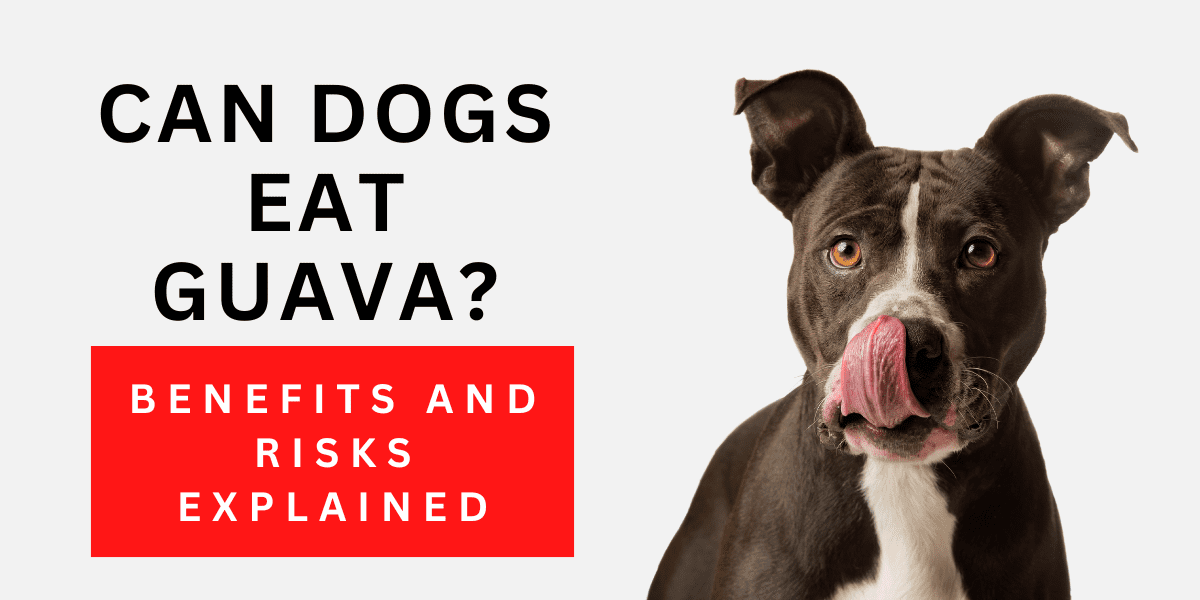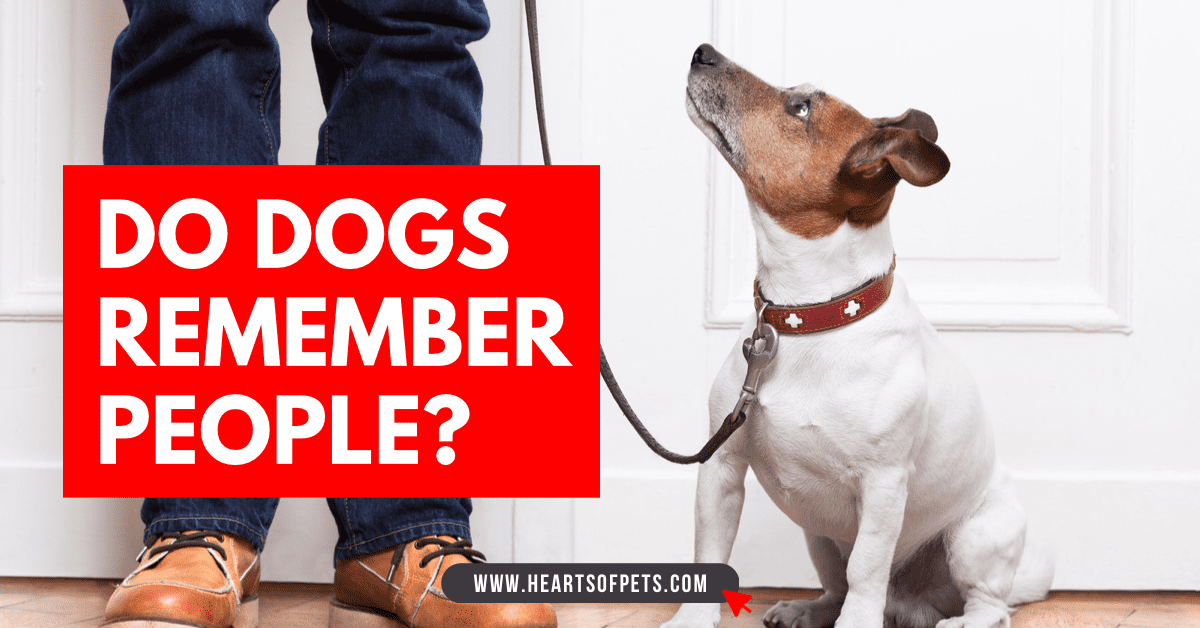If your dog has been scooting his butt along the ground, you may be wondering what’s going on. Symptoms of scooting in dogs can include dragging them behind on the floor, licking their backside excessively, and excessive scratching. While it’s natural to want to help your furry friend, trying to treat the problem yourself can be tricky.
What is Dog Scooting?
Dog scooting also called dog dragging their butt, is when a dog drags their hind end along the ground. This behavior is most commonly seen in dogs with anal gland problems, but can also be caused by food allergies, parasites, or even just a dirty butt.
If your dog is scooting frequently, it’s important to take them to the vet so that it can rule out any medical causes.
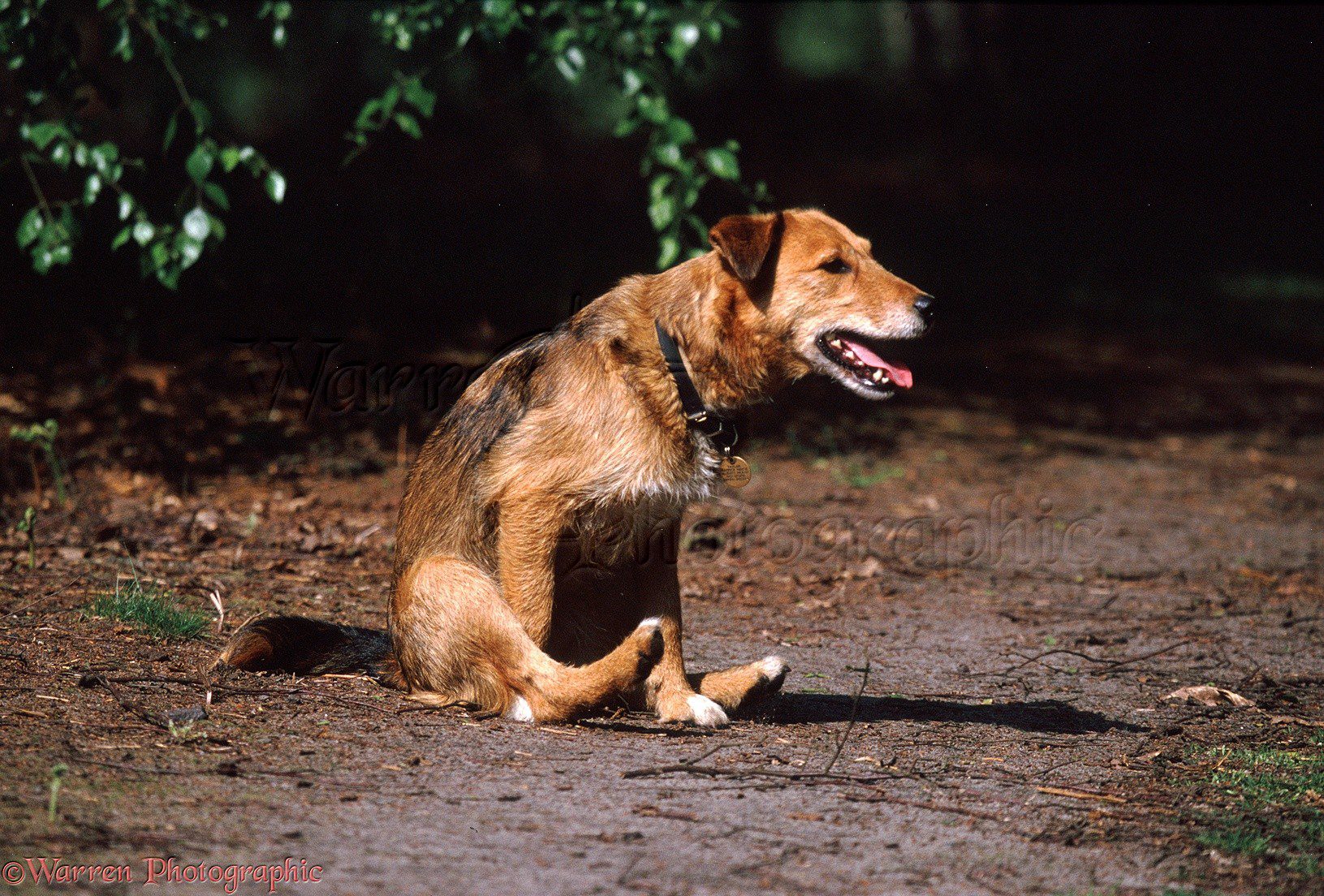
Common Reasons for Dog Scooting
Anal Gland Problems
One of the most common reasons for dog scooting is anal gland issues. The anal glands are two small anal sacs located on either side of the anus that produce a foul-smelling liquid when you squeeze the anal glands properly. This liquid is used to help dogs mark territory and communicate with other dogs.
Healthy anal glands should empty naturally when your dog defecates, but unluckily, this isn’t always the case. Sometimes, the dog anal glands can become full or result in anal gland infections, which can be very painful for your dog.
As dog owners, if your dog doesn’t have an anal gland problem, expressing them could lead to chornic anal gland inflammation. If your dog has anal gland infection, the vet will be able to express them and provide you with instructions on how to do it at home.
Allergies
Another common cause of dog scooting is allergies. Allergies can cause your dog to itch all over their body, including their hind end. If your dog is allergic to something in its human food, dog food or environment, it may start scooting as a way to relieve the itchiness.
If you think allergies might be the problem, talk to your vet about changing your dog’s food or setting up an allergy test to stop dog scooting.
Parasites
Parasites like fleas, ticks, and mites can also cause your dog to scoot. These parasites bite and burrow into your dog’s skin, causing irritation and itchiness. If you suspect parasites might be the problem, take your dog to the vet for a checkup and treatment plan.
Dirty Butt
Sometimes, all your dog needs is a good cleaning. If their hind end is dirty or smelly, they may start scooting as a way to clean themselves off. You can prevent this by wiping down your dog’s rear end after they go potty and giving them regular baths.
Itchy Skin
Itchy skin is another common reason for dogs to start scooting. If your dog is experiencing an allergic reaction or has parasites such as fleas or mites, they may scratch and bite at their skin until it becomes raw and irritated. As a result, they may try to soothe their itch by scooting across the floor.
Painful Bowel Movements
Painful bowel movements are another common reason for dogs to start scooting across the floor. This is probably due to your dog being overweight. Being overweight can increase your dog’s chance of getting chronic anal gland inflammation.
If your dog is having trouble passing stool or is constipated, they may try to relieve the pain by scooting on their bottom across the floor. This action often helps them loosen up their stool so they can pass it more easily.
Perianal Fistulas
Perianal fistulas are another common reason for dogs to start scooting. A perianal fistula is an abnormal opening between the skin around your dog’s anus and its rectum. This opening can become inflamed and infected, causing a lot of pain and discomfort for your furry friend.

Home Remedies for Dog Scooting
If you’ve ever come home to find your dog scooting across the floor, you know it can be a bit of a mystery. Why are they doing it? Is something wrong? Luckily, in most cases, scooting is nothing to worry about since there are simple home remedies for dog scooting that can give you good results in relieving your dog’s discomfort.
Give Your Dog More Fiber
If your dog has been scooting along the floor lately, it may be time to give them a little more fiber in their diet as a treatment to dogs with inflamed anal sacs. While there are several potential causes of dog scooting, one of the most common anal gland issues or an anal sac infection. When the glands become full, they can cause your dog a lot of discomforts. Adding more fiber to their diet can help relieve dog’s inflamed anal sacs and the scooting.
Why Does Fiber Help with Anal Glands?
Fiber helps with anal glands because it bulk up stool, which in turn helps to empty the glands when your dog goes to the bathroom. The type of fiber you’ll want to add to your dog’s diet is soluble fiber, which is found in vegetables like carrots, sweet potatoes, and pumpkin. You can also find soluble fiber and fiber supplements in some commercial dog foods that are marketed as being high in fiber.
How Much Fiber Should I Give My Dog?
The amount of fiber you should give your dog will depend on their weight and the severity of their anal sac problems. A good rule of thumb is to start with 1/4 teaspoon of fiber per 10 pounds of body weight per day. If that doesn’t seem to be doing the trick, you can slowly increase the amount until you find a dose that works for your dog’s anal sacs. Just be sure not to go too high too quickly, as that can cause digestive upset.
Ensure Your Dog Has Enough Pribiotics
Probiotics are live microorganisms that are similar to the good bacteria found in the intestines. When given in sufficient quantities, they can help promote a healthy digestive system and support the immune system. So it is no surprise that it is also a dog scooting treatment.
Probiotics are available in powder, capsule, or liquid form and can be added to dog food, water or dog’s diet. They can also be purchased as treats or chews.
If you think probiotics might be helpful for your dog’s scooting problem, talk to your veterinarian about which type and brand would be best for your pet. You should also let your vet know if your dog is taking any other medications, as some probiotics can interact with certain drugs.
Once you have the go-ahead from your veterinarian, start by giving your dog a small amount of probiotic rich food and increasing the dosage as needed until you find a dose that provides relief to dog’s anal sacs issues.
Express Your Dog’s Anal Glands With Your Fingers
While most dogs will never need their anal glands expressed, some dogs may need it done on a regular basis to prevent anal sacs from becoming impacted or infected. If you are unsure whether or not your dog needs his anal glands expressed, ask your veterinarian during your next check-up.
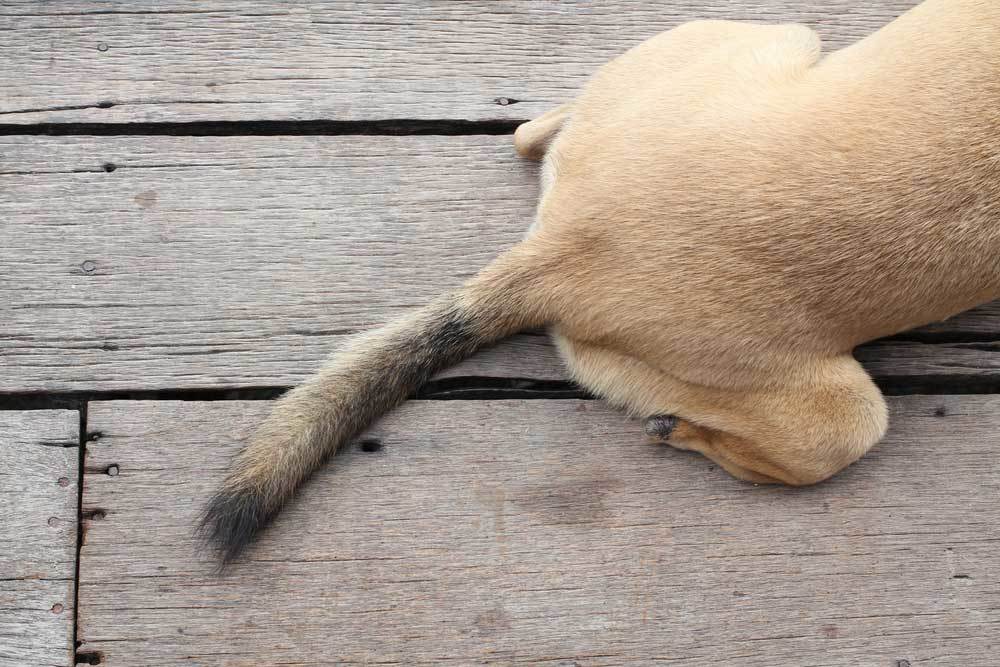
How to Express Your Dog’s Anal Glands?
There are two ways to express your dog’s anal glands – manually or with a vet-approved anal gland expression tool. We recommend having your vet show you how to do it manually the first time so that you can be sure you are doing it correctly.
To express your dog’s anal gland manually, follow these steps:
1. Put on a pair of gloves.
2. Locate your dog’s anal glands. They will be just inside his anus, on either side.
3. Apply gentle pressure to each anal sac until the liquid is expressed. You may need to massage the area around the gland in order for the liquid to be released.
4. Wipe away any excess liquid with a clean cloth or paper towel.
5. Give your dog a treat for being such a good boy!
If you opt to use an expression tool, there are many different types available on the market. Be sure to choose one that is specifically designed for dogs and that has been approved by your veterinarian. Follow the instructions that come with the tool to safely and effectively express your dog’s anal gland.
Let Your Dog Drink More Water
Dehydration can cause all sorts of problems for dogs, including dry skin, constipation, and yes, even anal itching. So if your dog has been scooting lately, one of the best home remedies for dog scooting is simply increase his water intake. This will help rehydrate his skin and hopefully alleviate the itchiness that’s causing him to scoot in the first place.
Here are a few tips to help you get your dog to drink more water:
Add some flavor.
Dogs typically don’t like drinking plain water, so try adding a little bit of chicken broth or low-sodium beef broth to make it more palatable. You can also add a splash of unsweetened cranberry juice or apple cider vinegar (both of which have health benefits of their own). Just be sure not to add too much—you don’t want your dog to end up drinking more calories than he’s taking in!
Make it accessible.
Put your dog’s water bowl in a place where he can easily get to it and won’t have to compete with other pets for access. If you have multiple dogs, it might be helpful to put out several water bowls throughout the house. And if your dog is particularly finicky about his water, invest in a filtered water dispenser designed specifically for pets.
Encourage him to drink.
If your dog still isn’t interested in drinking more water, try tempting him with wet pup’s food or frozen treats. Switching from dry food to canned food can help. You can also try playing games with him that involve water, such as fetching a toy from a kiddie pool or sprinkler. Just be sure not to force him to drink—if he doesn’t want it, he could end up making himself sick.
Try Warm Compress
The first step is to make a warm compress. You’ll need:
- A clean, dry cloth
- A bowl of warm water
- A microwave (optional)
If you’re using a microwave, wet the cloth in the bowl of warm water and then wring it out so that it’s not dripping. Microwave the cloth for 30-60 seconds, or until it feels warm to the touch. If you’re not using a microwave, simply wet the cloth in the bowl of warm water and wring it out so that it’s damp but not dripping.
How to Apply the Warm Compress to Your Dog?
Once you’ve made your warm compress, it’s time to apply it to your dog. Have your dog sit or lie down in a comfortable position, then place the warm compress on their skin where they’re scooting. You may need to hold the compress in place for several minutes. Repeat this process once or twice a day until your dog’s scooting has stopped.
Keep Your Dog Active
One of the best things you can do to keep your dog active is to make sure they get plenty of exercise. A good rule of thumb is to provide at least 30 minutes of exercise per day. This can be in the form of walks, runs, or even playtime in the backyard. If your dog isn’t used to getting a lot of exercise, start slowly and build up their activity level over time.
Another way to keep your dog active is to provide them with interactive toys and feeders. These toys are designed to keep your dog’s mind and body engaged. They can help improve cognitive function while also providing much-needed physical activity. There are a variety of interactive toys on the market, so find one that’s right for your dog’s size, age, and activity level.
Finally, consider enrolling your dog in an agility class. Agility classes are a great way for dogs to get exercise while also learning new skills. These classes typically involve a series of obstacles that dogs must navigate, such as jumps, tunnels, and weave poles. Many dogs enjoy the challenge of agility classes and it’s a great way to bond with your furry friend while also keeping them active.
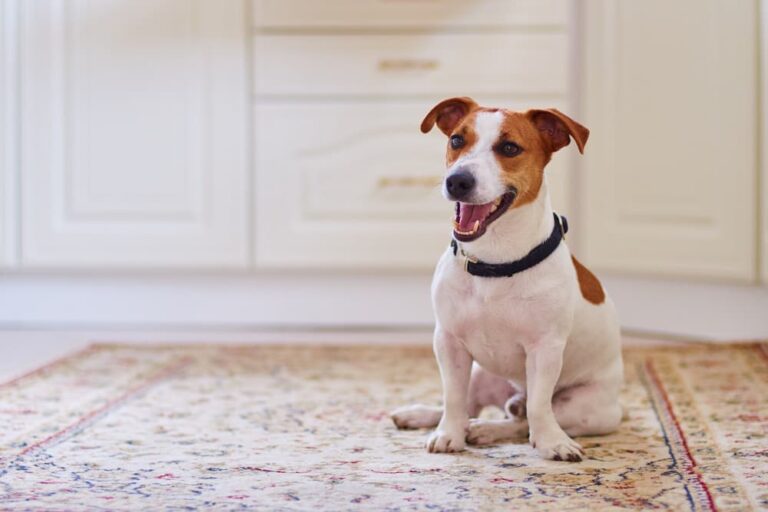
Use Witch Hazel on Dog Scooting
Witch hazels are natural home remedies for dog scooting and give them some relief from the pain. Simply soak a cotton ball in witch hazel and apply it to your dog’s anus. You can do this once or twice a day until the scooting stops.
How Does Witch Hazel Work?
Witch hazel is an astringent, which means it helps to reduce inflammation and swelling. This makes it ideal for treating any kind of skin irritation, including the kind that your dog may be experiencing around their anus.
In addition to reducing inflammation, witch hazel also has antimicrobial properties, which means it can help to prevent infection. This is important because if your dog’s anal glands become infected, it can lead to a serious condition called anal sacculitis, which will require veterinary treatment.
Are There Any Side Effects?
Witch hazel is generally safe for use on dogs, but there are a few things you should keep in mind. First of all, make sure you’re using plain witch hazel and not one that’s been mixed with alcohol or other ingredients. These can be too harsh for your dog’s sensitive skin and may cause further irritation.
Secondly, only use witch hazel on the outside of your dog’s anus – never insert it into their rectum. Doing so could cause serious damage. If you’re concerned about using witch hazel on your dog, talk to your veterinarian first. They’ll be able to advise you on whether or not it’s the right option for your pup.
Clean Their Butt Regularly
This will help to remove any buildup of fluid or debris in the anal glands and reduce the risk of infection. Simply use a moistened cotton ball or soft cloth to wipe down the area around your dog’s anus.
Be sure to do this gently so as not to irritate the skin. If you notice that your dog is still scooting after you have cleaned the area, you may need to speak with a veterinarian before trying to express the dog’s glands naturally.
When to Seek Help From a Veterinarian for Dog Scooting?
If your dog is scooting frequently or seems to be in pain, it’s important to take him to the vet for an evaluation. The vet will be able to determine the cause of the problem and recommend the best course of treatment.
In most cases, dog scooting is not a serious issue and can be easily resolved with medication or a change in diet. However, if the problem persists, it’s important to seek professional help to ensure that your dog stays healthy and comfortable.
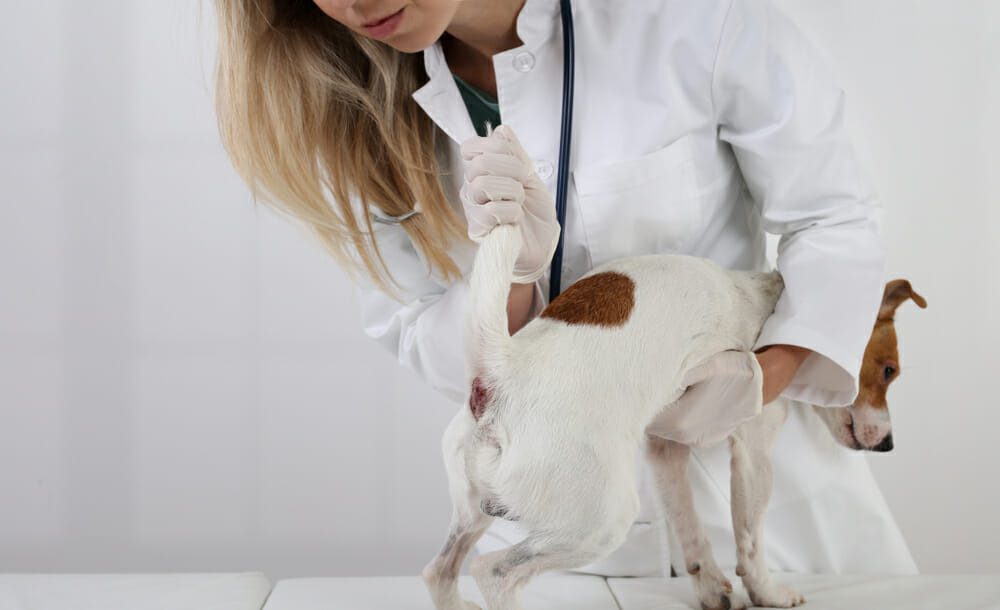
Final Thoughts
If your dog has been scooting, there are a few things you can do at home to help them feel better. Try using witch hazel to soothe the area and clean their butt regularly with a moistened cotton ball or soft cloth. If the problem persists, take your dog to the vet for an evaluation. With proper treatment, most dogs will be back to their normal selves in no time.
Frequently Asked Questions
WHAT IS THE MOST COMMON REASON FOR SCOOTING IN DOGS?
There are several reasons why dogs scoot the bottom. Anal sacs may become clogged or injured for example, which can lead to this behavior indicative in many cases with an issue at home like allergies and parasites–you should see your vet immediately.
DOES PUMPKIN HELP THE DOG SCOOT?
Pumpkin is a natural remedy for dogs with anal glad issues. It has been shown to help keep stools soft and make passing stool easier, which can be helpful in these cases.
CAN I PUT VASELINE ON MY DOG’S BUM?
To help your pup feel better, you can give them a warm compress or apply some lotion to the area. Do not use harsh remedies like petroleum jelly and vaseline because these could cause more harm than good.
SHOULD I WIPE MY DOG’S BUM?
The dog’s anatomy is different than ours, so it shouldn’t need to wipe its bottom. If you notice that your pup has dirty paws or scratched at them with some irritation then take him immediately for a vet visit because there could be an infection involved.

